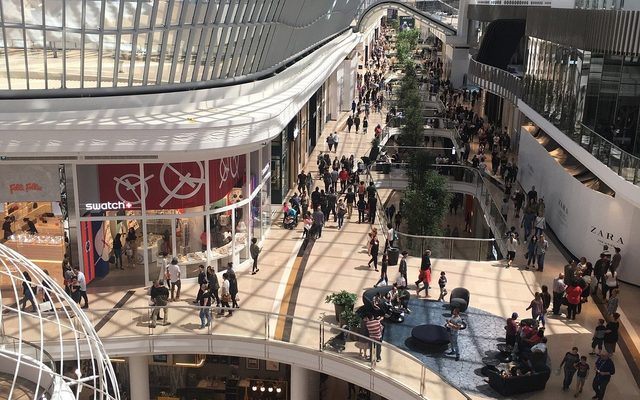This article is from the Australian Property Journal archive
RETAIL sales are normalising to pre-COVID-19 with food, household goods and online retailing falling as consumers started to increase spending on services again as restrictions eased across Australia, according to the Australian Bureau of Statistics.
The latest ABS data shows retail turnover fell 1.5% in September seasonally adjusted and is 5.2% higher than September 2019.
Director of Quarterly Economy Wide Surveys Ben James said food, household goods retailing, and other retailing which includes online only retailers, recorded falls this month.
“These industries have recorded elevated levels of turnover during the COVID-19 pandemic and continue to trade above the levels of September 2019.”
Clothing, footwear and personal accessory retailing also fell in September but they were slightly offset by rises in department stores, and cafes, restaurants and takeaway food services, which increased following significant falls in August.
All states and territories, except for the Northern Territory, fell this month. Following a large fall in August, Victoria recorded a small monthly fall in September. Victoria remains the only state or territory to be trading below the level of September 2019.
Capital Economics’ economist Ben Udy said the data suggests that consumers are reducing goods consumption back towards pre-virus levels.
“We had expected sales in Victoria to pick up following the 12.6% decline in August but with shops still closed there was a further minor fall in retail sales. Outside of Victoria, sales fell in every state expect Northern Territory.
“That may be due to a normalisation in consumption as consumers begin to increase spending on services again which are largely not captured in the retail sales data. Given that overall retail sales values are still 4.6% above pre-virus levels, we could see further declines in retail sales in the coming months, though these are unlikely to result in falling consumption,” Udy said.
There was a 6.8 % increase for the September quarter in current price, seasonally adjusted terms. This follows a fall in the June quarter, when COVID-19 restrictions were in place across the country.
“Assuming that retail prices rose by 0.5% we estimate real retail sales were up 6.3% q/q in Q3. That would typically be consistent with a 6% rise in real goods consumption. Admittedly real goods consumption fell by 7.2% in Q2, much more than would be implied by the 3.4% fall in real retail sales, so the actual bounce back in Q3 may also be larger.
“For now, we’ve pencilled in a 6% rise in goods consumption which along with our expectations or a bounce back in services would see consumption rise by around 6%. That’s consistent with our forecasts for GDP to rise 1.5% q/q in Q3,” he concluded.




